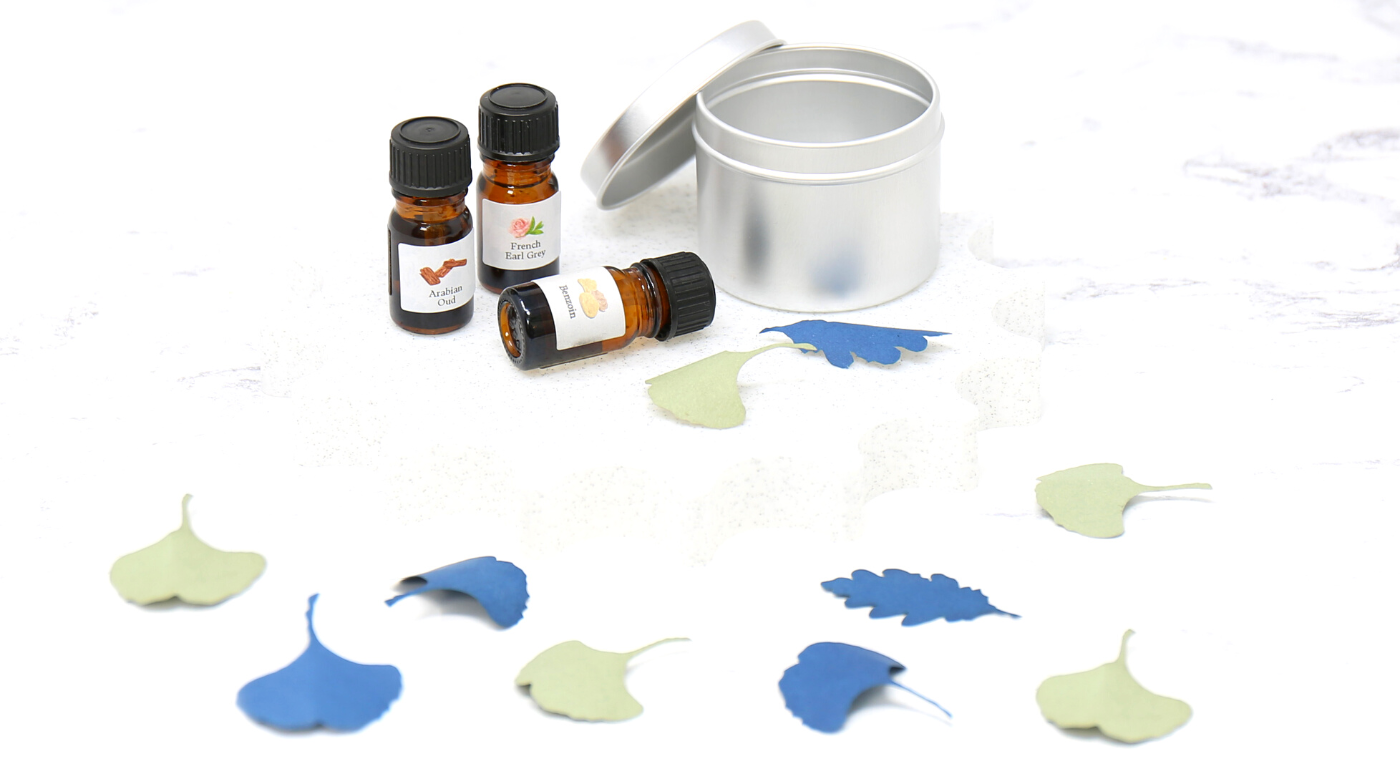What is incense paper? Discover the world of creative home fragrance!
A nice home fragrance is the easiest way of making your home feel cosier for the winter. Between scented candles, incense cones and reed diffusers, there are as many ways to perfume your home as there are scents to try!
Coming straight from Japan and high-end French boutiques, incense paper is a wonderfully delicate way to mix home decor and home fragrance. Though less popular than their incense cones and incense sticks cousins, incense papers have been rapidly gaining popularity thanks to their uniqueness and versatility.
In this article, we’ll go over the concept of incense paper, its roots in the history of different countries, and the ways you can use it to subtly perfume your home.

When stationary meets home fragrance
Incense paper is just what it sounds like. Thick cardstock is soaked in a bath of chemicals and scented oils until it absorbs the fragrance. When dry, the incense paper can be burned to release the scent or placed inside drawers to act as a potpourri.
Incense paper tends to be more delicately scented than traditional incense like sticks or cones. It also burns a lot faster! A small piece of incense paper will perfume a room in just a few minutes, as opposed to cones burning for 10 to 20 minutes. This makes incense paper ideal for perfuming small rooms, or giving a quick burst of freshness to your room if you’re in a rush.
Exploring the world of incense paper
Chinese Joss Paper
Perhaps the oldest example of incense paper is Chinese Joss paper. The Chinese started using incense paper around the 3rd century AD during religious ceremonies, where it was given as an offering to gods and spirits. It is traditionally made of coarse bamboo paper, but rice paper is also commonly used. Different colours of incense paper will be used for different spirits, with gold, silver, and copper being the most commonly used.
Incense paper can also be printed to look like money! Often printed to look like Yuan (the Chinese currency) or dollars, it can also take the form of cheques or credit cards. The incense paper is then burned at funerals to serve as currency in the afterlife. Many temples will have a furnace burning outside for people to burn their Joss paper. It is important to fold the Joss paper before burning it as it distinguishes the incense paper from actual money, and it is meant to bring good luck to the person folding it!

French Armenian Paper
Despite its name, Armenian paper is a French invention! The idea was born at the end of the 19th century when chemist August Ponsot visited Armenia. There, he discovered that Armenians were burning Malaysian benzoin resin to cleanse their homes. With its rich, warm scent of vanilla and cinnamon, the benzoin resin would purify the air and leave behind a sweet comforting perfume.
Upon coming back to France, Ponsot teamed up with pharmacist Henri River to bring the concept to the French. Together, they came up with strips of paper infused with chemicals and benzoin resin that could be folded and burned without creating any flame.
The “Papier d’Arménie” as it is called, is still manufactured near Paris to this day by River’s great-grandchildren. It is very popular in most French households. I myself grew up burning it almost every week!

Japanese Washi Incense Paper
Up until the 20th century, the Japanese used a special kind of paper called wash paper. Made by hand from the fibres of trees native to Japan and pure cold water, it is stronger than Western paper. It has been used for centuries in traditional arts such as origami and calligraphy.
As with China, incense has a particular place in Japanese tradition. Made from rare natural ingredients native to Asia, Japanese incense sticks and cones tend to have a subtler scent and a cleaner burn than most.
In recent years, some Japanese home fragrance companies have taken to turn washi paper into incense paper. The cloth-like quality of the wash paper makes it particularly suited to absorbing scents. Though it is not the traditional Japanese way of burning incense, it is a beautiful and delicate craft that is becoming more and more popular by the day.

Incense Paper Crafts
One of the main advantages of incense paper is its versatility. Though most companies sell pre-cut incense papers, making your own incense is quite an easy process and opens up a whole world of possibilities!
Though its main purpose is to be burnt in order to release the scent, the thick paper format of incense paper makes it easy to manipulate and keep. You can easily scent a whole sheet of paper to use for craft projects.
Here are a few ideas to get you started:
- Potpourris. You don’t need to burn paper incense for it to smell lovely! A few strips hidden in drawers and cupboards will delicately scent your interior without any mess.
- Origami. You can fold your incense paper into all kinds of beautiful shapes. You can then leave it that way for a subtle scent, or burn them to release their scent. The folds will make your paper burn in all sorts of interesting ways!
- Scented cards. It’s always nice to get a thank you note or a birthday card, but it can be annoying to have to keep them around! Inspired by plantable seed cards, a nicely scented card will get your message across with the added bonus of smelling amazing!
- Scented confetti. Once your incense paper is dry and nicely scented, you can cut it up into small pieces to make confetti!
- Scented place cards. If you’re organising a dinner party or a wedding, you can use your incense paper to create interesting, customised placeholders. The guests get to keep the place cards and burn them later for a nicely-scented memory.

Let’s perfume the world!
Now that you know a little bit more about incense paper, we hope you’re excited to try it for yourself! Beautiful, useful, and low-waste, it’s a good representation of everything we stand for here at OurHands.
If you’re intrigued and would like to try your hand at making your own incense paper, why not give our Incense Paper Making Kit a try?

